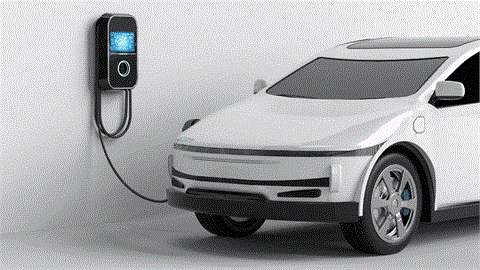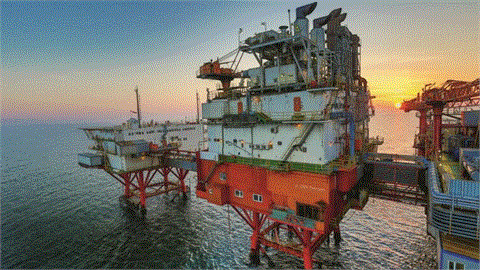A week after Switzerland took lead by becoming the
first country to submit its post-2020 climate action plan, the European Union
on Friday submitted its Intended Nationally Determined Contribution (INDC) pledging
that this group of 28 countries would work to reduce domestic emission of
greenhouse gases by 40% from their 1990 level by the year 2030.
The EU also committed for a regular review and strengthening of its mitigation
commitments consistent with a long-term goal to curb emiss..
This commitment is in tune with what these countries
had jointly set out in the conclusions by the European Council in October last
year.
Switzerland, which is not part of the EU, in its INDC on February 27 had
committed that the country would reduce its greenhouse gas emissions by 50%
relative to 1990 levels by 2030.
The EU in its submission to the United Nations Framework Convention on Climate
Change (UNFCCC) said, "The target represents a significant progression
beyond its current undertaking of a 20% emission reduction commitment by 2020
compared to 1990 (which includes the use of offsets).
"It is in line with the EU objective, in the context of necessary
reductions according to the IPCC by developed countries as a group, to reduce
its emissions by 80-95% by 2050 compared to 1990. Furthermore, it is consistent
with the need for at least halving global emissions by 2050 compared to
1990".
It claimed that the EU and its Member States (28 countries) have already
reduced their emissions by around 19% on 1990 levels while GDP has grown by
more than 44% over the same period.
"As a result, average per capita emissions across
the EU and its Member States have fallen from 12 tonnes CO2-eq. in 1990 to 9
tonnes CO2-eq. in 2012 and are projected to fall to around 6 tonnes CO2-eq. in
2030. The emissions in the EU and its Member States peaked in 1979", said
the EU's INDC document.
Under the INDCs, all countries are expected to submit their 'nationally
determined contribution' in terms of their mitigation (emission cut) and
adaptation goals in advance ahead of Paris climate talks, scheduled for
December, where a new climate deal is expected to be signed.
India is expected to submit its INDC in June. The new climate agreement will
come into effect in 2020 and will pave the way to keep a global temperature
rise this century under 2 degrees C.
Additional details of the EU's INDC is available with
the UNFCCC and it can be accessed by governments, NGOs, think-tanks or
individuals through its website.
Belgium, Bulgaria, Croatia, Czech Republic, Denmark, Germany, Estonia, Ireland,
Greece, Spain, France, Italy, Cyprus, Latvia, Lithuania, Luxembourg, Hungary,
Malta, Netherlands, Austria, Poland, Portugal, Romania, Slovenia, Slovakia,
Finland, Sweden, United Kingdom are 28 member countries in the EU.
Submitting its joint INDC, the EU through its document
appealed to all other Parties (UNFCCC member countries), in particular major
economies, to communicate their INDCs by the end of March 2015 in a manner that
facilitates their clarity, transparency and understanding.
It said, "The EU and its Member States look forward to discussing with
other Parties the fairness and ambition of INDCs in the context of the below
2°C objective, their aggregate contribution to that objective and on ways to
collectively increase ambition further".



